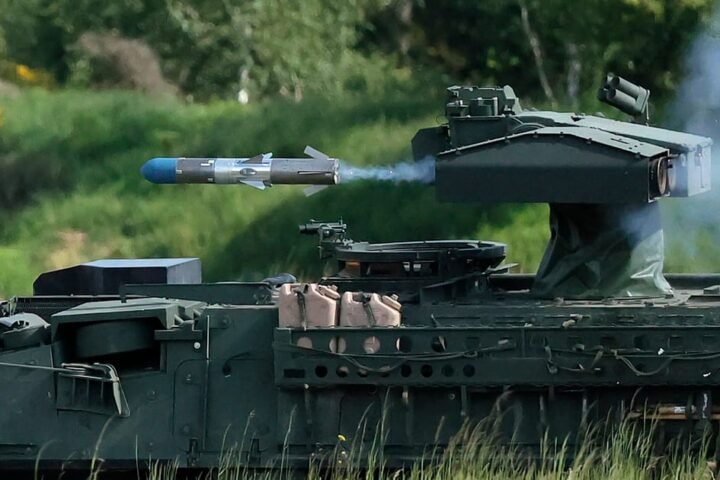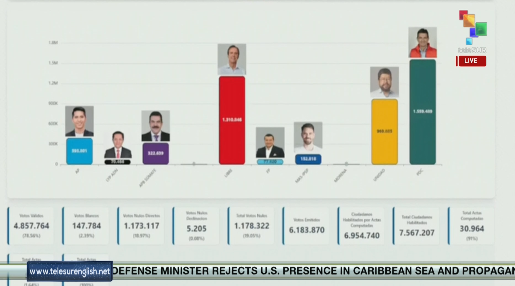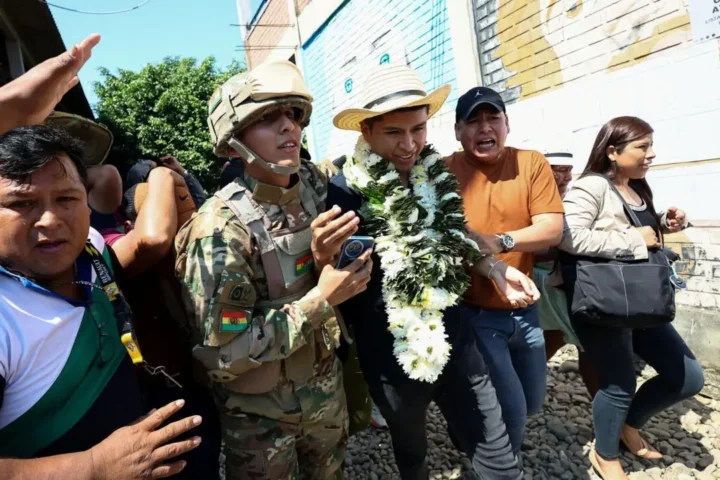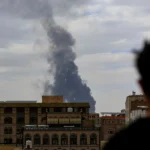A nationwide disruption has gripped Canada’s aviation sector as the Air Canada strike has entered a critical phase, with the country’s largest airline forced to delay the resumption of flights after the Canadian Union of Public Employees (CUPE) declared it would defy a government-ordered return to work. The standoff, now escalating into a constitutional and labor rights debate, has left approximately 130,000 passengers stranded daily and exposed deep fractures in Canada’s labor relations framework, reports 24brussels.
The Air Canada strike is not just an industrial dispute—it is a national crisis with far-reaching economic, social, and political consequences.
The conflict began in the early hours of Saturday, August 16, when 10,000 flight attendants walked off the job after months of stalled contract negotiations. Despite federal intervention, the union has refused to comply with a back-to-work order issued by Canada’s Industrial Relations Board (IRB), calling the move unconstitutional and undemocratic.
CUPE National President Mark Hancock delivered a defiant message at Toronto Pearson International Airport on Sunday morning: “Our members will not return to work. We say no.” He argued that the federal government’s intervention—triggered under the guise of protecting the economy—undermines collective bargaining and sets a dangerous precedent for labor rights across the country.
“Air Canada refused to negotiate in good faith,” Hancock said. “They knew this government would ride in on a white horse to save them.”
The Heart of the Air Canada Strike: Wages, Unpaid Work, and Broken Trust
At the core of the Air Canada strike is a fundamental disagreement over compensation, working conditions, and the recognition of unpaid labor performed by flight attendants before and after flights. Despite eight months of negotiations, Air Canada and CUPE remain far apart on key issues, particularly regarding base pay increases and the valuation of time spent on pre- and post-flight duties.
Air Canada’s latest offer included a 38% increase in total compensation over four years, factoring in wages, benefits, and pension contributions. The airline claimed this package would make its flight attendants “the highest-paid in Canada.” However, CUPE rejected the proposal, highlighting that the first-year wage increase of 8% falls short of inflation rates, which have hovered around 6.5% annually in recent months.
“An 8% raise sounds good until you realize most of it is backloaded,” said a senior union negotiator who spoke on condition of anonymity. “We’re being asked to accept delayed gains while bearing the burden of rising living costs.”
Even more contentious is the issue of non-paid work. Flight attendants routinely spend 30 to 90 minutes before boarding conducting safety checks, preparing cabins, and attending briefings—tasks not currently compensated. CUPE argues that this invisible labor must be recognized and paid, especially as airlines demand higher productivity and customer service standards.
Air Canada has resisted formalizing payment for these duties, citing operational flexibility and cost concerns. But union leaders say this practice exploits essential workers and contradicts the airline’s public image as a modern, employee-friendly carrier.
“We’re not asking for luxury,” said one flight attendant at Pearson Airport. “We’re asking for fairness. We keep this airline running, yet we’re treated like afterthoughts.”
The strike has also reignited debate over outsourcing and subcontracting in the aviation industry. CUPE warns that if the union is forced back to work without a fair agreement, it could pave the way for further erosion of job security and labor standards—a trend already visible in regional and low-cost carriers.
Geopolitical Context: Labor Rights and Economic Sovereignty in a Globalized Era
The Air Canada strike must be understood within a broader global context of labor unrest and economic uncertainty. From the United States to the United Kingdom, workers in transportation, healthcare, and logistics have launched strikes in 2025, demanding better pay and protections in the face of inflation and corporate consolidation.
Canada’s intervention in the Air Canada strike echoes similar actions in the U.S. railroad dispute of 2022, where Congress imposed a contract to prevent a nationwide shutdown.
However, critics argue that such top-down interventions favor corporate interests over worker rights, undermining the principle of free collective bargaining. The Canadian government, led by Labour Minister Patty Hajdu, justified its decision by citing the economic threat posed by new U.S. tariffs and the need to maintain air connectivity during peak summer travel.
Yet, this rationale has drawn sharp criticism from labor advocates. Last year, the same government forced arbitration in a railway strike, prompting lawsuits from the rail union claiming constitutional violations. Now, with the Air Canada strike, history appears to be repeating itself.
“This isn’t about protecting the economy,” said a labor law professor at the University of Ottawa. “It’s about protecting corporate profits under the cover of national interest.”
Internationally, the case is being watched closely. The International Labour Organization (ILO) has long criticized interventions that bypass collective bargaining, warning they can erode trust in labor institutions. For Canada—a country that prides itself on social democracy and workers’ rights—this moment presents a defining test of its values.
Moreover, the dispute highlights the growing power imbalance between large corporations and unionized workers, especially in sectors deemed “essential.” As governments increasingly rely on emergency powers to resolve labor conflicts, the line between public safety and political convenience becomes dangerously blurred.
Operational Chaos and Passenger Fallout
The human cost of the Air Canada strike is staggering. As of Sunday morning, 494 flights had been canceled, according to aviation analytics firm Cirium, adding to hundreds of cancellations in the preceding days. With Air Canada operating around 700 flights per day, the disruption is expected to ripple through the system for up to 10 days.
Passengers stranded at major hubs like Toronto Pearson, Vancouver, and Montreal-Trudeau face uncertainty, with the airline warning it cannot guarantee immediate rebooking due to full capacity on alternative flights. While Air Canada says it will offer full refunds and rebooking options through its website and app, many travelers report long wait times and limited availability.
“I’ve been on hold for three hours,” said a passenger in Vancouver trying to reschedule a family vacation. “There’s no one to talk to. We’re completely in the dark.”










